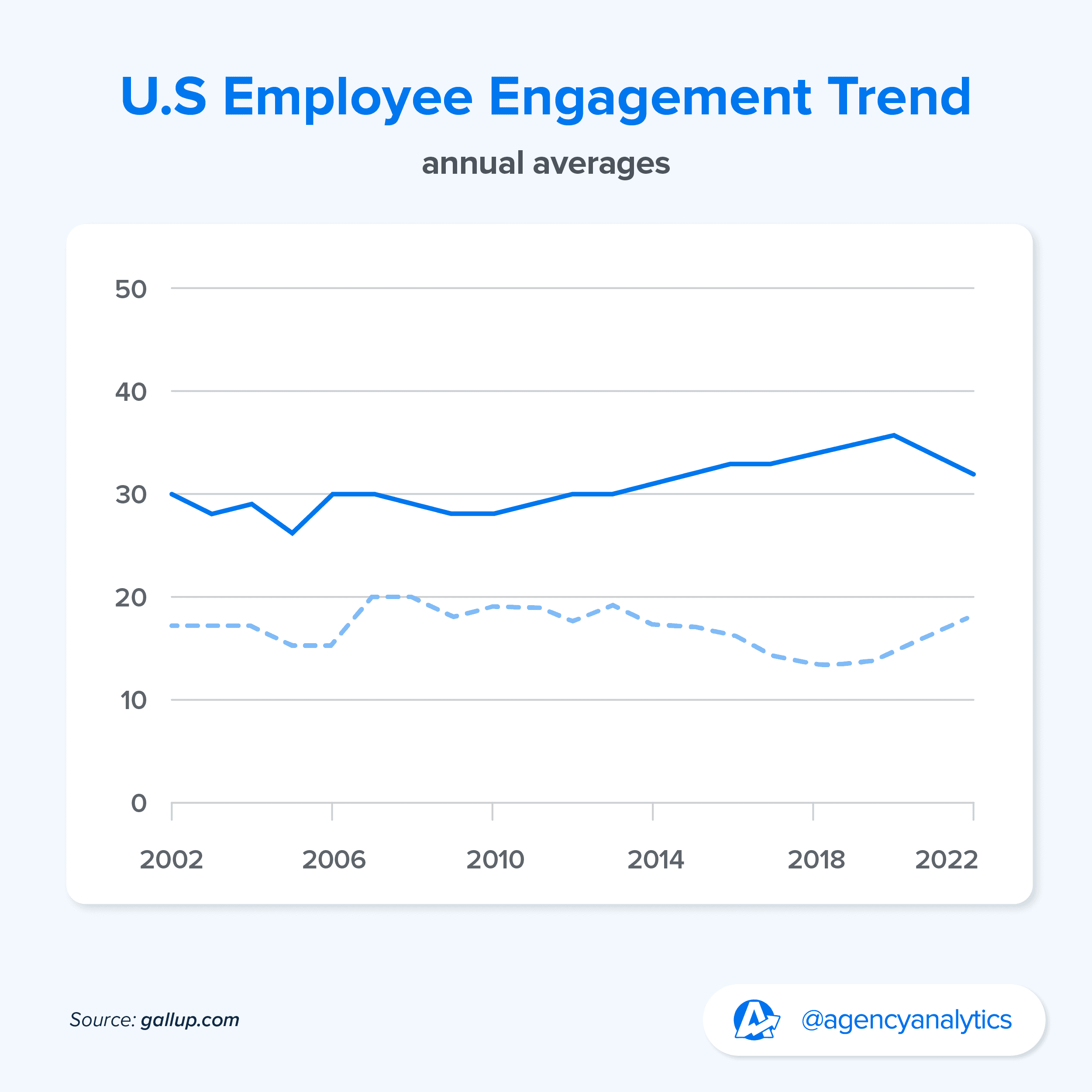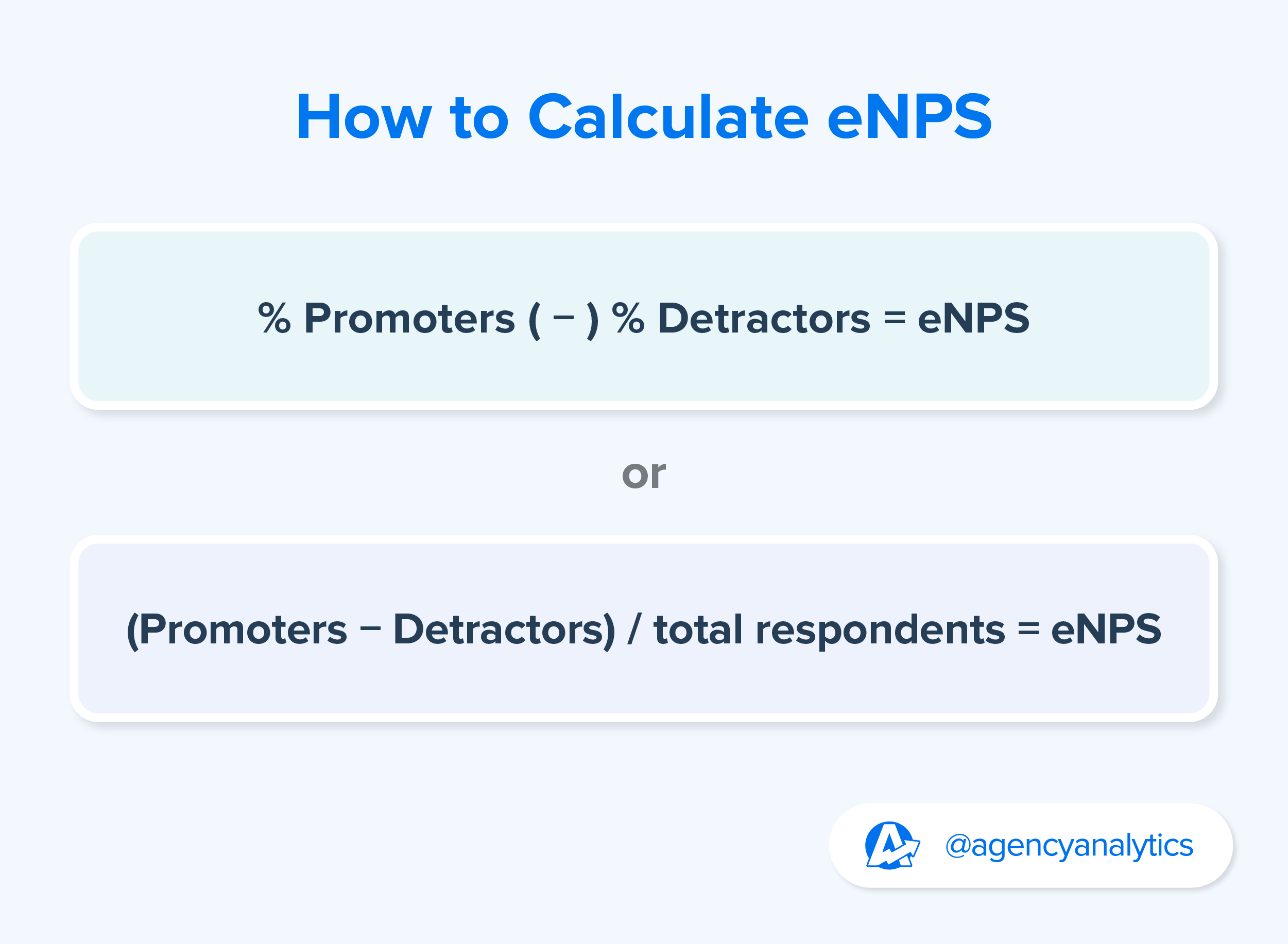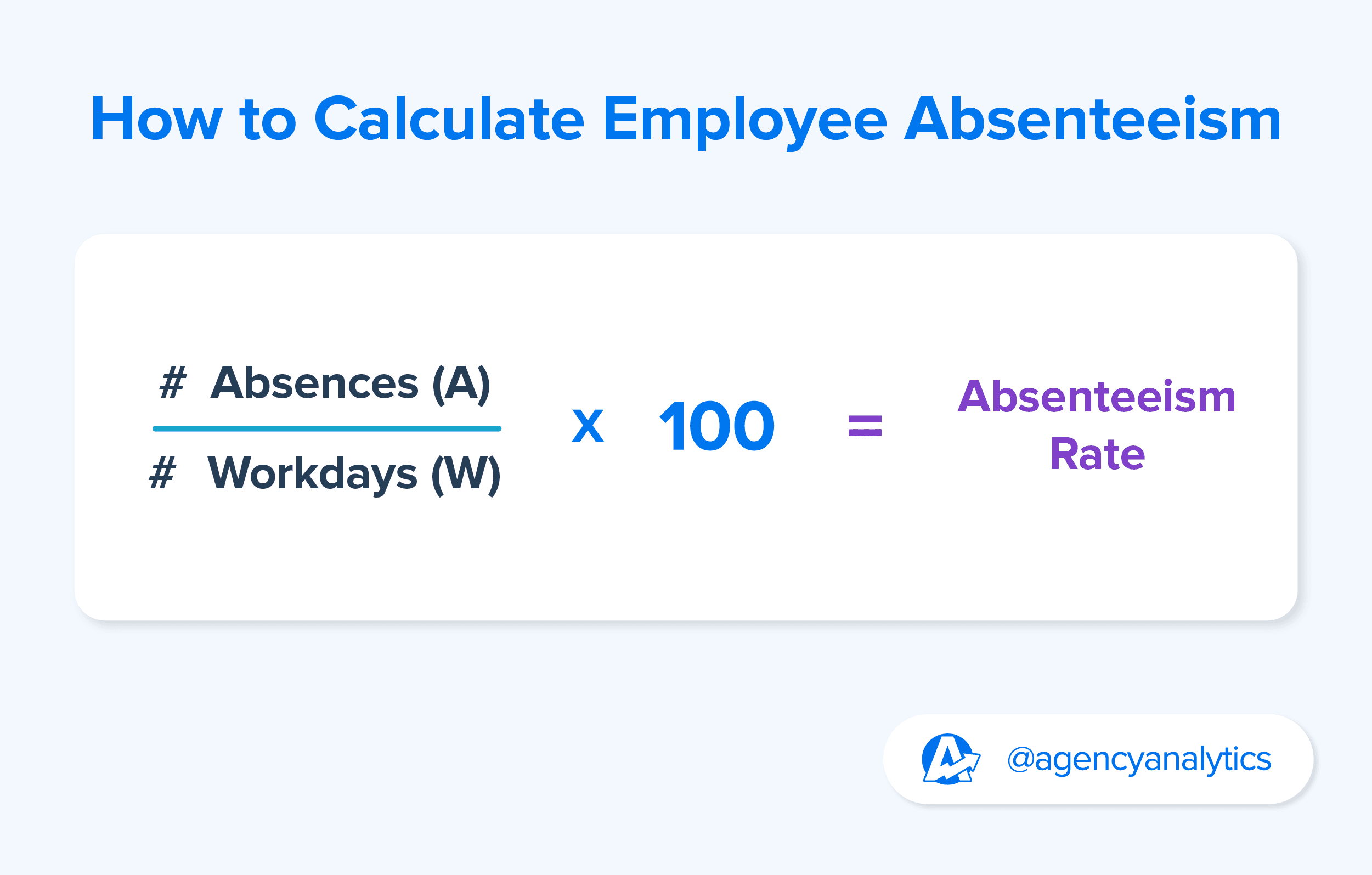Table of Contents
Table of Contents
- What Is Employee Engagement?
- Why Measure Employee Engagement?
- What Makes It Difficult To Measure Employee Engagement?
- Employee Engagement Key Metrics
- How To Measure Employee Engagement Metrics
- KPIs To Measure Employee Engagement
- Mistakes To Avoid When Measuring Employee Engagement
- What To Do After You Measure Employee Engagement
- How Process Improves Engagement
7,000+ agencies have ditched manual reports. You can too.
Free 14-Day TrialQUICK SUMMARY:
Measuring employee engagement involves assessing how satisfied and emotionally committed employees are to their organization. This helps reduce employee turnover and increase productivity. This article shares effective methods, key metrics, and actionable insights for evaluating employee engagement.
Nothing irks an employee more than an employer who thinks everything is peachy keen when it’s not. It's the fastest way to lose engaged employees.
We’ve all been there and know how an absent-minded agency owner can make us seriously question our employee experience and wonder, “Am I being appreciated?”
With recent trends like quiet quitting, it’s not just your employee turnover rate that you need to be worried about. Measuring your current employee engagement levels allows you to gauge employee satisfaction and uncover early signs of trouble so you can avoid compound issues down the line.
Let’s dive into how to measure employee engagement to keep your employees happy, productive, and hopefully shouting about your agency from the mountain tops!
What Is Employee Engagement?
Employee engagement is the measure of how satisfied and emotionally committed an employee is to the organization they’re working at. When your employees are more engaged, they feel a genuine sense of accountability to your agency’s goals beyond just collecting a paycheck. Activities that enhance employee satisfaction deepen the ROI of your employees’ work.
Some of the primary benefits of having an employee engagement strategy are:
Decreased employee turnover
Better work/life balance
Improved employee productivity and efficiency
Stronger alignment to the agency’s shared vision
Increased employee loyalty and willingness to recommend the agency publicly
Even just the mere act of measuring employee engagement at your agency can help you build trust with your employees by showing them that you care about their wellbeing and value employee feedback.
However, simply gauging whether your employees feel “happy” in their job isn’t enough to measure employee engagement. There are many factors that contribute to how engaged your employees are, and failing to account for some of them can give you a skewed idea of your overall employee engagement levels.
Measuring staff engagement is crucial for our organization because it directly impacts the overall performance and success of our endeavors. When employees are engaged and passionate about their work, they are more likely to invest their time and effort into producing high-quality results.
Anthony Costello, SEO Assistant, Clickthrough SEO
Why Measure Employee Engagement?
The truth is, employee engagement in the U.S. has been declining since 2020 with 18% of employees now actively disengaged, according to Gallup.

But not all companies fell prey to these downward trends. Some companies managed to achieve 70% employee engagement during the most disruptive periods and ended up earning up to 23% more profit on average because of it.
The question becomes: how did they do it?
Let’s dive into why it’s sometimes tricky to measure employee engagement and what the happiest agencies do to succeed anyway.
What Makes It Difficult To Measure Employee Engagement?
Employee engagement can be tricky to measure because it’s a qualitative measurement that’s made up of a variety of different factors such as:
Clarity of role expectations
Opportunities for growth
Sense of belonging
Work/life balance
Most of these are nuanced and subjective, making it hard to measure accurately. However, employee engagement isn’t impossible to measure as long as you know which metrics you need to pay attention to.
Employee Engagement Key Metrics
Here are the eight key engagement metrics you need to track to improve employee engagement.
1. Feedback
Making sure your employees are receiving specific, relevant, and timely feedback is critical for avoiding any confusion around expectations and performance. Giving your employees feedback on how to improve will help them become more efficient in their job, minimize wasted work, and improve internal communication within your agency.
Questions to ask to measure the feedback your employees are receiving:
Question |
|---|
Are you satisfied with how often you receive feedback from your manager or peers? |
Is the feedback you receive clear, specific and actionable? |
On a scale of 1-10, how likely are you to share a new idea inside your company? |
2. Relationship With Managers
According to GoodHire, 82% of Americans would consider quitting their job because of a bad manager. And we all know that having a micromanager as a boss is a serious productivity killer at an agency. So needless to say, keeping track of your employees’ relationships with their managers is important for employee engagement.
Questions to ask to measure your employees’ relationships with managers:
Question |
|---|
When you request help from your manager, do they set aside time to help you? |
Are you satisfied with the frequency and quality of your check-ins with your manager? |
On a scale of 1-10, how invested do you feel your manager is in your well-being? |
3. Relationship With Peers
Your employees spend an overwhelming portion of their day with other team members, so naturally, their relationship with them will play a role in employee engagement. Especially during tough times, being able to lean on peers will help employees persevere.
Questions to ask to measure your employees’ relationships with their peers:
Question |
|---|
How well do you collaborate with your peers? |
Are your conversations with your peers open, supportive and transparent? |
On a scale of 1-10, how safe do you feel in expressing yourself with your peers? |
4. Recognition
Having your hard work go unnoticed by managers or peers will put a damper on anyone’s motivation at work. Sometimes it feels easier to just course-correct employees when they’re doing something wrong, rather than stop to give praise when they’re doing something right. But giving employees recognition even amid busy times can go a long way in maintaining employee engagement.
Questions to ask to measure employee recognition:
Question |
|---|
How satisfied are you with the frequency at which you receive recognition? |
On a scale of 1-10, how meaningful is the employee recognition you receive? |
Are there times you’ve noticed you receive less employee recognition? |
5. Employee Satisfaction
There are many factors that determine an employee’s satisfaction such as their compensation, resources, benefits, flexibility, etc. When you continuously measure employee satisfaction, you can pinpoint issues early on and resolve them before they lead to employee turnover.
Questions to ask to measure employee satisfaction:
Question |
|---|
Do you feel that you are being compensated fairly compared to similar roles & responsibilities in other organizations? |
Do you have a clear understanding of your role & responsibilities? |
On a scale of 1-10, how satisfied are you with your work environment? |
6. Alignment
Your employees want to work for an agency whose culture and values they can stand behind. And they want to know how the work they’re doing is contributing to a bigger vision they can rally around. This gives them purpose.
Questions to ask to measure alignment:
Question |
|---|
How aligned do you feel with the agency’s values? |
On a scale of 1-10, how much do you see your work contributing to the agency’s overall objectives? |
Do you believe in the agency’s vision and its ability to achieve it? |
7. Personal Growth
If you want highly engaged employees, you need to create opportunities for career development. This could mean offering professional development budgets or continuing education options. Or it may mean increased coaching and mentoring to equip employees to take on new challenges or promotions.
Questions to ask to measure personal growth:
Question |
|---|
Are you satisfied with the career development opportunities made available to you? |
Do you feel you’re given the freedom to choose a working style that best fits you? |
On a scale of 1-10, how satisfied are you with the level of challenge you experience in your role? |
8. Agency Promotion
Happy employees are great, but employees who will shout about your organization from the rooftops are even better. Identifying the employees who are most willing to talk up your agency is extremely valuable. People place more trust in what employees have to say about a company vs. what the company says about itself.
Questions to ask to measure agency promotion:
Question |
|---|
Are you satisfied with the career development opportunities made available to you? |
Do you feel you’re given the freedom to choose a working style that best fits you? |
On a scale of 1-10, how satisfied are you with the level of challenge you experience in your role? |
Now that we’ve covered the eight key engagement metrics you need to track to measure employee engagement, let’s dive into how to actually measure it.
How To Measure Employee Engagement Metrics
There are two ways you can measure employee engagement metrics — survey methods and non-survey methods. You’ll need both if you’re serious about boosting employee engagement.
Survey Methods
Annual employee engagement surveys: use these to measure employee engagement year-over-year with respect to progress against company goals, company culture, and overall employee satisfaction.
Pulse surveys: use these short surveys at regular intervals (weekly, monthly, quarterly), especially when you want to gather feedback on something quickly.
Employee net promoter score (eNPS): use this to measure employee loyalty within your organization and how likely engaged employees are to recommend your organization to others (more on this later).
We adopted a combination of quantitative surveys and qualitative feedback sessions to overcome the main challenges of measuring employee engagement. This holistic approach allowed us to gauge both the statistical trends and individual sentiments, enabling a more comprehensive understanding of our workforce's engagement levels and tailoring improvements accordingly.
Anthony Costello, SEO Assistant, Clickthrough SEO
Non-Survey Methods
Non-survey methods are great for gathering data around the WHY, not just the WHAT of employee engagement because the data you receive is qualitative. However, they can take longer to execute and your results may be a bit skewed due to researcher bias.
1:1 meetings: a chance to meet with individual employees face-to-face, uncover deeper issues and ask follow up questions to get rich feedback. It’s important to reassure employees their responses are confidential and to create a safe environment for them to open up.
Exit interviews: used to gather feedback at the end of an employee’s work term. Understanding why employees are leaving the company can help you find out what you need to do to improve employee retention.
Stay interviews: use these to understand exactly what keeps certain employees working at your agency and what factors contribute to engaged employees. Stay interviews help you get ahead of any potential issues that might result in a departing employee.
We’ve now covered how to measure different employee engagement metrics. Next up, let’s dive into the most important KPIs to follow when measuring employee engagement.
KPIs To Measure Employee Engagement
There are three primary key performance indicators you’ll want to keep an eye on at your agency to maintain employee engagement.
Employee Net Promoter Score (eNPS)
Employee Net Promoter Score (eNPS) presents agencies with a way to understand how loyal your employees are to your company. By asking employees how likely they are to recommend the agency as a place to work, you determine how satisfied they’re feeling in their role. Employees respond on a scale of 1 to 10, with 1 being “not likely” and 10 being “highly likely”.
Based on the answers, employees are categorized as follows:
Detractors: Score of 0-6
Passives: Score of 7-8
Promoters: Score of 9-10
To determine your agency’s overall eNPS score, use the following formula:

Turnover Rate
Turnover rate tells you how frequently employees are leaving your agency, making it a critical employee engagement KPI to track.
Determine your agency’s turnover rate using the following formula:

Employee Absenteeism
An early warning sign on disengaged employees is a plummeting attendance rate. Keep an eye on who is consistently showing up for work and you’ll get a much clearer picture of who is engaged.
To calculate your agency’s overall rate of absenteeism, use the following formula:

Mistakes To Avoid When Measuring Employee Engagement
Successfully measuring employee engagement levels is difficult so here are four common mistakes to avoid to ensure you get an accurate measure of your engagement drivers.
Only Using One Method To Measure Employee Engagement
Sending one annual employee engagement survey isn't enough to accurately measure engagement. Similarly, simply relying on frequent Pulse surveys to engage employees won't glean valuable insights. You also need qualitative data to truly understand how to create an engaged workforce.
Not Sending Your Annual Engagement Survey To All Employees
It can be tempting to not “bother” all employees with yet another survey. This will not only lead to skewed results but also a potential negative impact if certain employees find out they weren’t given a chance to share their opinions. Giving all your employees a voice is critical to improving employee engagement.
Collecting Employee Engagement Data but Not Actioning It
Having taken the time to understand the current levels of employee engagement at your agency, the next critical step is to use that information to make the necessary changes. Simply asking your employees for their feedback but failing to act on the results will only increase the disconnect between leaders and employees, further diminishing engagement levels.
Wondering how to turn the insights you’ve received into actions? Let’s take a look.
What To Do After You Measure Employee Engagement
After gathering the results from your survey and non-survey methods of measuring employee engagement, take the following 3 steps to make agency-wide improvements.
Communicate Results to the Agency
Thank your employees for providing their feedback, and communicate the results of your findings across the agency. This can be scary but it will show your employees that you’re committed to addressing issues and creating change. Regularly communicating your results will also encourage more employee feedback in the future.
In our agency, employee engagement is deeply rooted in our core values of balance, knowledge, commitment, and growth. It signifies the harmonious blend of work-life balance and continuous learning, where team members are wholeheartedly committed to the agency's vision.
Tharindu Gunawardana, SEO Director, Sentius Digital
Select 2-3 Things To Improve
Trying to boil the ocean will both raise eyebrows with your employees and set you up for failure. It’s best to pick the top 2-3 issues and focus on resolving those. For example, if you determine that your employees feel they aren’t receiving enough positive feedback, consider launching an employee recognition program. Once you receive improved feedback around those items, you can move on to additional issues.
Continue Measuring Employee Engagement
Measuring employee engagement metrics isn’t a one-and-done thing. You need to continuously collect feedback while you implement changes so you can pinpoint when you need to course correct. In keeping a continuous eye on employee engagement, you’ll spot problem areas early and avoid larger systemic issues down the road.
How Process Improves Engagement
The processes and systems that your agency has in place dramatically influence employee satisfaction. If your account managers are left scrambling each month to produce manual client reports, patching together disparate data from multiple sources, you can guarantee they won’t be happy.
An easy fix? Meet AgencyAnalytics.
Say goodbye to manual reporting and hello to comprehensive client reports and dashboards built in minutes. Customize with white label features and use the drag-and-drop functionality to add every metric you’d like to track.
Automate the process and send reports with over 80 marketing platform integrations straight to clients, with custom permissions to make sure the right people receive the right information every time.

Try AgencyAnalytics free for 14 days and see how much happier your team will be.

Written by
Lena is an independent marketing consultant, freelance writer and video content creator with 8+ years of experience in the SaaS, fintech, and product management space. Her work has been featured in one of Medium's largest publications, Start It Up, as well as Product Coalition, the world's largest independent product management community.
Read more posts by Lena SesardicSee how 7,000+ marketing agencies help clients win
Free 14-day trial. No credit card required.






